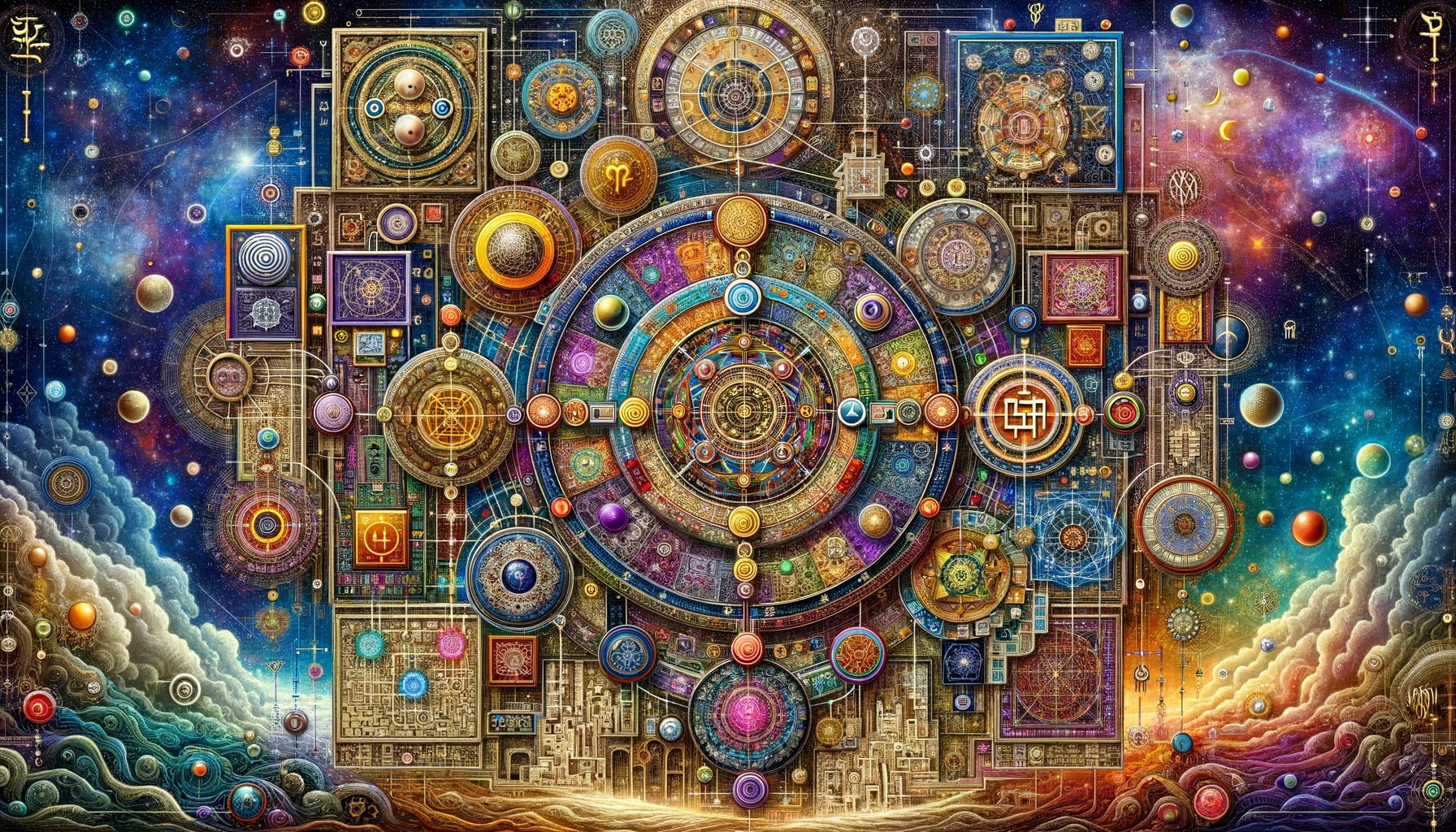Human Design Charts are fast becoming a tool for self-discovery and personal insight, touted to involve astrology, I Ching, Kabbalah, and the chakras. These intricate charts offer a map of an individual’s unique energetic imprint. By understanding one’s design, it is said that one can navigate life with greater ease and authenticity. Diving into Human Design is like unraveling the DNA of your spiritual and energetic makeup. Below, we embark on a journey to understand the components and significance of Human Design charts to find out how they can impact our lives.
Exploring the Basics of Human Design Charts
The Human Design system is a synthesis of ancient wisdom and modern science. It creates a chart based on one’s birth data, which reveals their ‘design’ or energetic configuration. Each chart is divided into different centers, channels, and gates, mirroring the complexity of an individual’s characteristics.
To interpret these charts, one must familiarize themselves with this system’s language. It is composed of a variety of elements that together influence how a person experiences the world, both internally and externally.
The chart itself is represented visually with geometric shapes connected by lines in a format that can look almost alien at first glance. These intricate details offer insights into a person’s psychological makeup and decision-making processes.
For those interested in exploring their own personal Human Design, resources like a Human Design chart explanation can help decipher the complexities within their chart. It’s the first step toward understanding the fundamental aspects of your personal design.
The Five Types Within the Human Design System
Within the Human Design System, individuals are categorized into one of five distinct types: Manifestors, Generators, Projectors, Reflectors, and Manifesting Generators. These types are foundational to how we interact with the world and each other.
Manifestors are known for their initiating capacities, being the ones to get things started. Generators, on the other hand, are the doers, equipped with a sustainable energy source for completing tasks.
Projectors have a knack for guiding and directing others, acting as managers of energy resources. Reflectors, rare in the population, mirror their environment and offer a unique perspective on society as a whole.
Lastly, Manifesting Generators exhibit a combination of traits from both Manifestors and Generators, reflecting both the capacity to initiate and the perseverance to follow through.
Understanding the Role of Centers in Human Design
Just as in other aspects of Human Design, the nine centers play a vital role. They correspond to specific energy hubs within the body and are akin to the chakras in Eastern philosophy.
Each center governs different aspects of our being. For instance, the Head Center is associated with inspiration and mental activity, whereas the Heart Center deals with willpower and ego.
Centers can be defined or undefined, with defined centers representing consistent energy patterns and traits, and undefined centers being areas where we are more susceptible to the influence of others.
Understanding the interplay between these centers can offer profound insights into our emotional, mental, spiritual, and physical constitutions—guiding how we interact with our environments and manage our energies.
The Impact of Human Design on Personal Growth and Relationships
Exploring the intricacies of your Human Design chart could lead to substantial personal growth. Recognizing your inherent strengths and areas for development assists in crafting a more intentional life path.
Moreover, as we understand our design better, we can develop healthier relationships. Recognizing and accepting the designs of others encourages empathy and reduces the friction caused by misunderstanding inherent differences.
Relationship dynamics can be greatly improved as we learn to honor our own energetic boundaries and acknowledge the uniqueness of those around us. Insights gleaned from Human Design can lead to more harmonious and understanding connections.
Overall, Human Design charts serve as a tool to navigate one’s life more smoothly and with greater self-awareness. They offer insightful blueprints for personal growth, aligning with our purpose, and cultivating richer relationships. Embarking on the path of understanding your own Human Design might just be the key to unlocking a more authentic, satisfying existence.

Jasper Bruxner is a passionate and versatile blogger with a keen eye for trends and a knack for crafting engaging content. As the founder of WendyWaldman, he has established himself as a trusted resource in a diverse range of niches, including food, tech, health, travel, business, lifestyle, and news. He tends to share the latest tech news, trends, and updates with the community built around Wendywaldman. His expertise and engaging writing style have attracted a loyal following, making him a respected voice in the online community.




